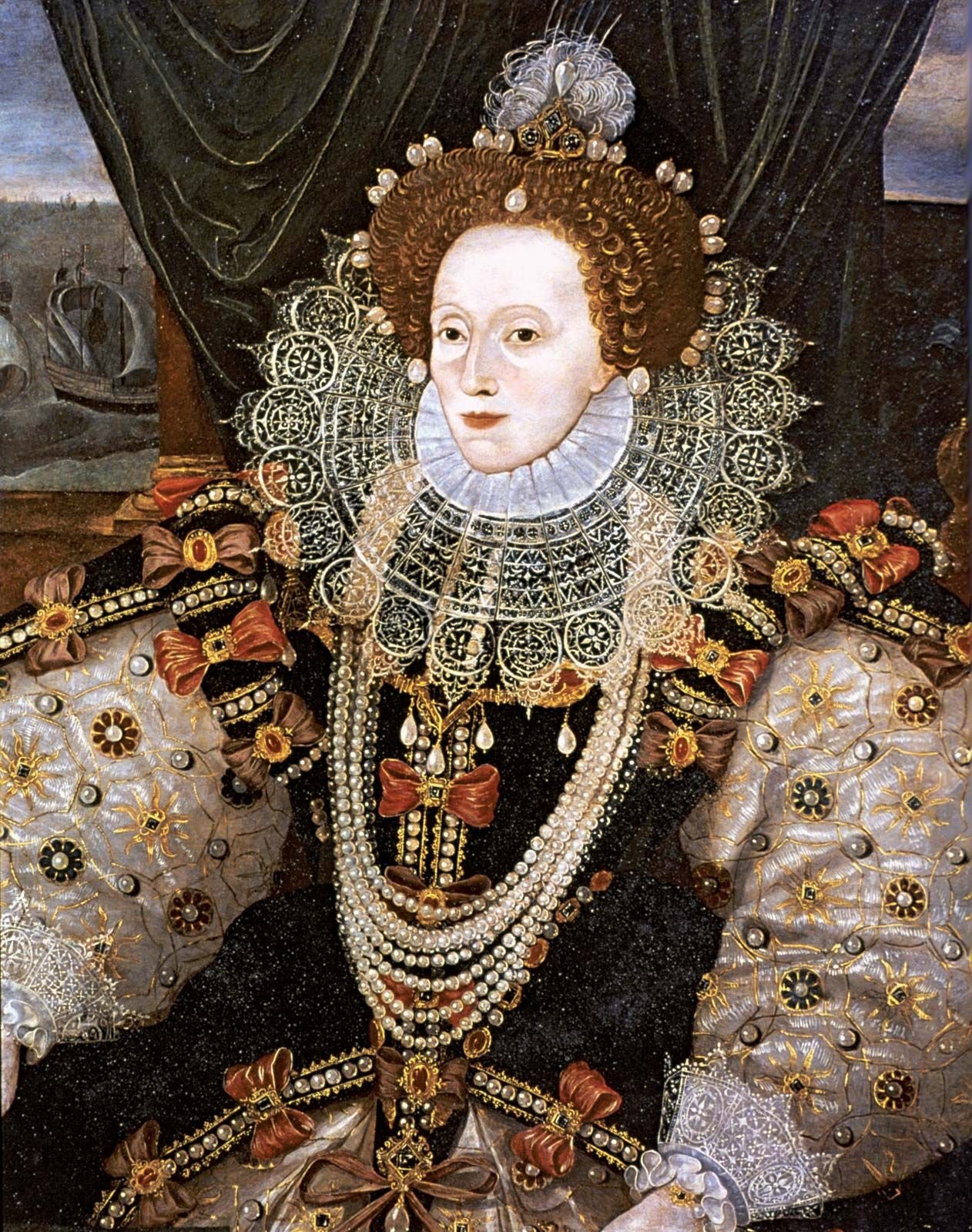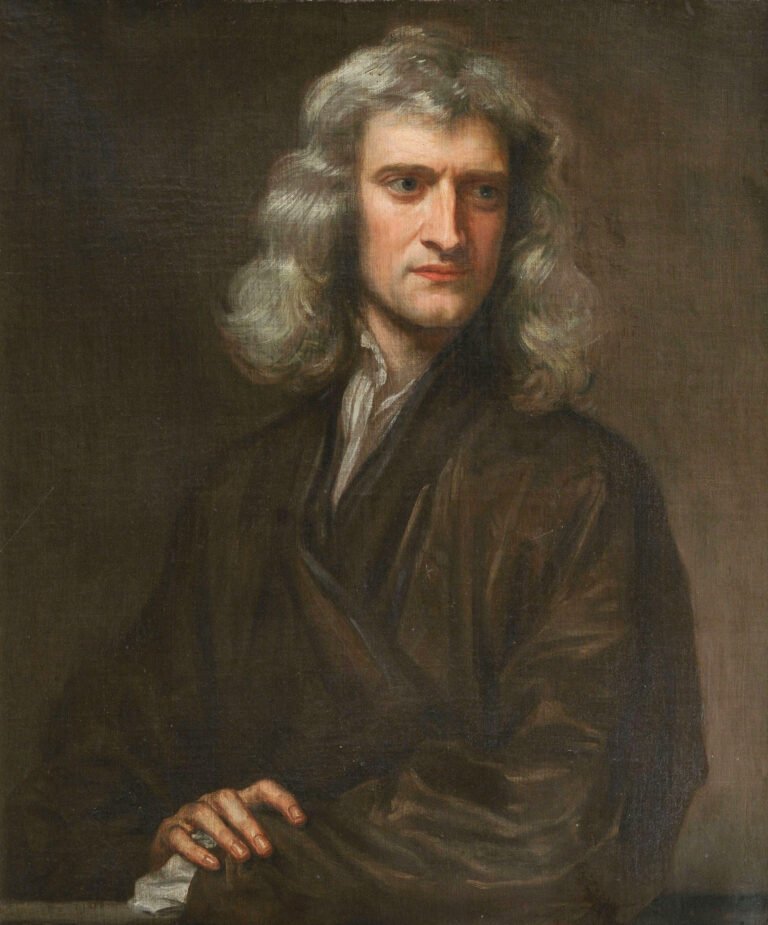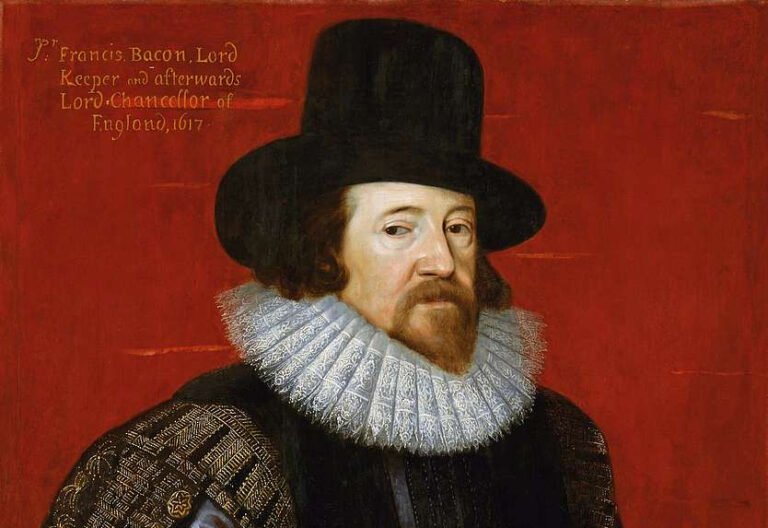Elizabeth I was one of England’s greatest monarchs. Her reign, known as the Elizabethan Era, marked a golden age for England.
Born in 1533, she faced many challenges before becoming queen. Her rule lasted 45 years, bringing stability and prosperity to her nation. Elizabeth I’s story is full of intrigue and drama. She navigated political and religious turmoil with skill and determination.
Her reign saw the defeat of the Spanish Armada and the flourishing of English arts and culture. She was a powerful and intelligent leader who left a lasting legacy. In this blog post, we explore the life and achievements of Elizabeth I, shedding light on why she remains an iconic figure in history.
Early Life
Elizabeth I’s rise to power is a remarkable story of resilience and determination. Her journey to the throne was filled with obstacles and intense political challenges. Through her strategic thinking and diplomatic skills, she managed to secure her position and lead England into a new era.
Accession To The Throne
Elizabeth I ascended to the throne on November 17, 1558, following the death of her sister, Mary I. As the daughter of Henry VIII and Anne Boleyn, her claim to the throne was strong yet contested. Elizabeth’s Protestant faith contrasted with Mary’s Catholic reign, adding to the tensions.
Upon her accession, she inherited a kingdom divided by religion and politics. Her initial task was to stabilize the nation and gain the trust of her subjects. Elizabeth’s intelligence and charisma played a significant role in her early successes.
Initial Challenges
Elizabeth faced numerous challenges in her early years as queen. The country was in debt, and there were threats of invasion from powerful neighbors like Spain and France. The religious divide between Catholics and Protestants created internal strife and instability.
To address these issues, Elizabeth took strategic measures:
- She re-established the Church of England, balancing between Protestant and Catholic practices.
- She appointed capable advisors, including William Cecil, to help manage the state’s affairs.
- She avoided costly wars, focusing on diplomacy and strengthening England’s defenses.
These actions helped Elizabeth gain the support of her people and secure her reign. Her ability to navigate these early challenges set the foundation for the prosperous era that followed.

Credit: www.hrp.org.uk
Rise To Power
Elizabeth I faced a divided nation. England was torn between Catholicism and Protestantism. Her reign marked a turning point. She implemented religious reforms to unify the country. These changes were crucial for political stability.
The Elizabethan Religious Settlement
The Elizabethan Religious Settlement of 1559 aimed to establish a middle ground. Elizabeth I introduced two key acts:
- Act of Supremacy: This act re-established the monarch as the head of the Church of England.
- Act of Uniformity: This act mandated the use of the Book of Common Prayer in all churches.
These acts created a compromise. They retained some Catholic traditions but endorsed Protestant doctrines. The settlement sought to end religious conflict and bring unity.
Impact On Catholic And Protestant Relations
The settlement had a significant impact. It appeased many Protestants but alienated Catholics. Catholics faced restrictions and penalties. Despite this, Elizabeth avoided extreme measures.
Protestants gained greater freedom. The Anglican Church became the state religion. Yet, some radical Protestants felt the reforms were not enough.
The religious landscape of England changed. Catholics practiced their faith in secret. Protestants enjoyed more open worship. This balance helped maintain peace during Elizabeth’s reign.
Elizabeth’s reforms laid the foundation for modern religious tolerance. They marked a new chapter in England’s religious history.
Religious Reforms
Elizabeth I’s foreign policy was complex and strategic. She sought to maintain England’s independence while navigating relationships with powerful nations. Her reign saw significant events, especially with Spain, that shaped the future of England.
Relations With Spain
During Elizabeth I’s reign, relations with Spain were strained. Spain, under King Philip II, was a dominant Catholic power. England’s support for Protestantism caused tension. Elizabeth balanced diplomacy and military readiness. She avoided open war but prepared for defense.
Trade and piracy also complicated relations. English privateers attacked Spanish ships. This piracy angered Spain but benefited England economically. Elizabeth secretly supported these privateers, further straining relations.
The Spanish Armada
In 1588, the conflict with Spain escalated. King Philip II launched the Spanish Armada. His goal was to invade England and overthrow Elizabeth. The Armada was a massive fleet of ships, heavily armed and prepared for battle.
England’s navy, though smaller, was more agile. They used clever tactics to disrupt the Spanish fleet. The English had better cannons and more maneuverable ships. The weather also played a crucial role. Storms scattered the Spanish ships, causing chaos.
The defeat of the Spanish Armada was a turning point. It boosted English morale and established England as a formidable naval power. This victory secured Elizabeth’s reign and deterred future invasions.

Credit: www.britannica.com
Foreign Policy
The reign of Elizabeth I marked an era of cultural flourishing in England. Known as the Elizabethan Era, this period saw remarkable growth in literature, music, and the arts. Elizabeth I’s support for the arts led to a golden age of creativity and innovation.
The Elizabethan Era
The Elizabethan Era is often considered a high point in English culture. This period, named after Queen Elizabeth I, witnessed a surge in artistic expression. Playwrights like William Shakespeare and Christopher Marlowe produced timeless works. Their plays are still performed today, captivating audiences worldwide.
Music also flourished during this time. Composers like Thomas Tallis and William Byrd created beautiful choral pieces. These compositions remain a key part of classical music repertoires. The Elizabethan Era’s art and architecture reflected the grandeur of the period. Intricate designs and detailed craftsmanship were hallmarks of this time.
Patronage Of The Arts
Queen Elizabeth I was a great patron of the arts. She understood the power of art in shaping culture. Elizabeth I supported artists, musicians, and writers, providing them with the resources they needed.
- Elizabeth’s court became a center for artistic activity.
- She commissioned portraits from leading painters.
- The Queen’s support helped artists gain fame and success.
This patronage extended to the theatre as well. Elizabeth I’s interest in plays led to the construction of iconic theatres. The Globe Theatre is one of the most famous, associated closely with Shakespeare.
| Name | Field | Notable Works |
|---|---|---|
| William Shakespeare | Playwright | Hamlet, Romeo and Juliet |
| Christopher Marlowe | Playwright | Doctor Faustus |
| Thomas Tallis | Composer | Spem in alium |
In summary, Elizabeth I’s reign was a time of unparalleled cultural growth. Her support for the arts paved the way for a rich cultural legacy. The Elizabethan Era remains a defining period in the history of English culture.
Cultural Flourishing
Elizabeth I faced many challenges during her reign. These included internal conflicts and external threats. She had to deal with political plots and personal rivalries. These issues could have destabilized her rule.
Mary, Queen Of Scots
Mary, Queen of Scots, was a significant threat to Elizabeth. Many saw Mary as the rightful queen of England. She was Elizabeth’s cousin and a Catholic. This made her a rallying point for those who opposed Elizabeth.
Mary was involved in several plots against Elizabeth. She sought to overthrow Elizabeth and take the throne. This led to her imprisonment and eventual execution. Mary’s presence in England was a constant source of tension.
Plots And Rebellions
Elizabeth’s reign was marked by numerous plots and rebellions. These included the Ridolfi Plot, the Throckmorton Plot, and the Babington Plot. Each aimed to remove Elizabeth from power.
Many of these plots were supported by foreign powers. Spain and France often backed these conspiracies. They saw Elizabeth as a threat to their influence in Europe.
| Plot | Year | Outcome |
|---|---|---|
| Ridolfi Plot | 1571 | Failed, conspirators executed |
| Throckmorton Plot | 1583 | Failed, conspirators executed |
| Babington Plot | 1586 | Failed, Mary executed |
Elizabeth also faced domestic rebellions. The Northern Rebellion in 1569 was a significant uprising. It was led by Catholic nobles who opposed her rule.
These challenges tested Elizabeth’s leadership. She used intelligence and diplomacy to overcome them. Her ability to manage these threats secured her legacy as a strong ruler.
Challenges And Threats
Elizabeth I, the last Tudor monarch, left an indelible mark on England. Her reign, known as the Elizabethan Era, was a period of peace, prosperity, and cultural flourishing. This section explores her lasting legacy and impact on the nation.
Succession And Aftermath
The death of Elizabeth I in 1603 marked the end of the Tudor dynasty. She left no heirs, which led to the succession of James VI of Scotland. He became James I of England, uniting the crowns of England and Scotland. This union paved the way for the future United Kingdom.
Elizabeth’s reign was followed by a period of instability. James I faced significant challenges, including religious conflicts and financial troubles. Despite these issues, the transition of power was relatively smooth, thanks to Elizabeth’s strong leadership and the foundations she had laid.
Long-term Influence On England
Elizabeth I’s impact on England extends far beyond her reign. She is celebrated for her contributions to the arts, exploration, and the strengthening of the English navy.
- Arts: The Elizabethan Era is known for its cultural achievements. Shakespeare, Marlowe, and other playwrights flourished during this time.
- Exploration: Elizabeth supported explorers like Sir Walter Raleigh and Sir Francis Drake, expanding England’s influence overseas.
- Navy: Elizabeth’s investment in the navy helped defeat the Spanish Armada in 1588, establishing England as a formidable maritime power.
Her reign also saw the establishment of the Protestant Church of England. This religious shift had lasting effects on English society and politics.
| Aspect | Impact |
|---|---|
| Arts | Cultural renaissance with works by Shakespeare and others |
| Exploration | Expansion of English influence through exploration |
| Navy | Defeat of the Spanish Armada, establishing naval dominance |
| Religion | Firm establishment of the Protestant Church of England |
Elizabeth I’s legacy continues to shape modern England. Her reign is often seen as a golden age, influencing the nation’s culture, politics, and global standing.
Legacy And Impact
Elizabeth I left a lasting legacy through her strong leadership and cultural contributions. Her reign marked a golden age in English history.
Elizabeth I, known as the “Virgin Queen,” led a fascinating personal life. Her reign was marked by political intrigue and personal challenges. Elizabeth’s personal choices greatly influenced her rule and legacy. She remained unmarried, which was unusual for a queen at that time. Her personal health also played a significant role in her life.
Marriage And Relationships
Elizabeth I never married, despite many suitors. She used her single status as a political tool. Suitors from across Europe sought her hand, including kings and princes. Yet, she stayed unmarried, earning the name “Virgin Queen.” Some believe she feared losing power if she married. Her closest companion was Robert Dudley, Earl of Leicester. They had a deep bond, but marriage never happened. Many speculate about the nature of their relationship. Elizabeth valued her independence above all.
Health And Death
Elizabeth I faced many health challenges throughout her life. Smallpox struck her in 1562, leaving her with scars. She often wore heavy makeup to hide them. Elizabeth also suffered from depression and anxiety. Her death in 1603 ended the Tudor dynasty. She died peacefully at Richmond Palace. Elizabeth’s passing marked the end of an era. She was 69 years old, a remarkable age for that time. Her legacy as a strong, independent queen endures to this day.

Credit: en.wikipedia.org
FAQs
Who Was Elizabeth I?
Elizabeth I was the Queen of England and Ireland from 1558 to 1603.
What Was Elizabeth I Known For?
Elizabeth I was known for her strong leadership, the Elizabethan Era, and defeating the Spanish Armada.
When Did Elizabeth I Reign?
Elizabeth I reigned from November 17, 1558, to March 24, 1603.
Why Was Elizabeth I Called The Virgin Queen?
Elizabeth I was called the Virgin Queen because she never married and had no children.
Conclusion
Elizabeth I remains a fascinating figure in history. Her reign brought stability and progress. She skillfully navigated challenges and strengthened England. Elizabeth’s legacy endures through her impactful decisions. Her life story continues to inspire and educate. Learn from her resilience and wisdom.








